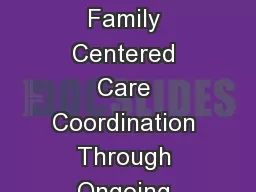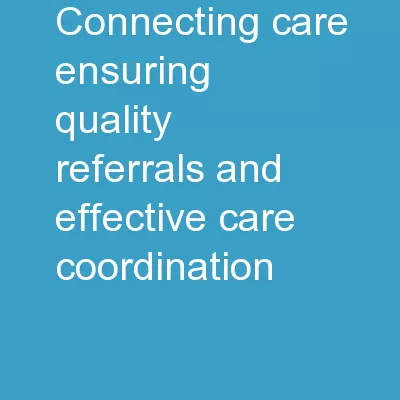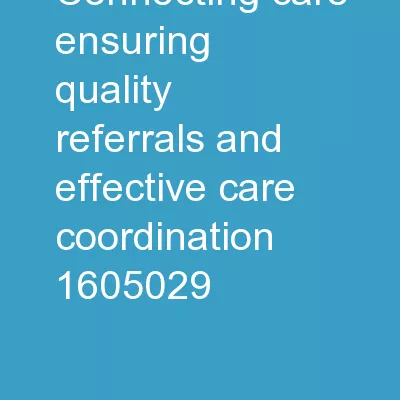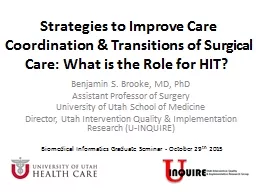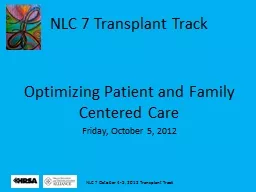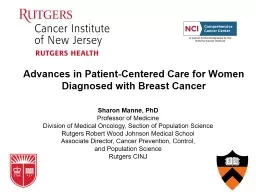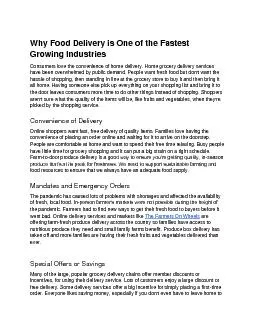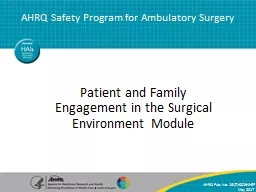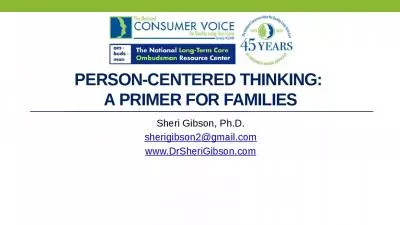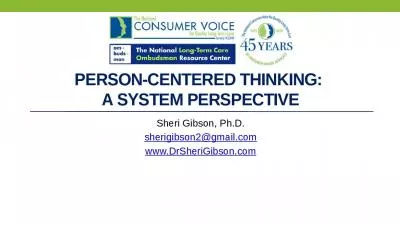PPT-Module 1 Building Patient / Family Centered Care Coordination Through Ongoing Delivery
Author : myesha-ticknor | Published Date : 2018-10-24
Hannah Hakim MPH RI Executive Office of Health amp Human Service Deborah Garneau MA RI Department of Health Health Equity Institute Cynthia Kaplan RDH Coastal Waterman
Presentation Embed Code
Download Presentation
Download Presentation The PPT/PDF document "Module 1 Building Patient / Family Cente..." is the property of its rightful owner. Permission is granted to download and print the materials on this website for personal, non-commercial use only, and to display it on your personal computer provided you do not modify the materials and that you retain all copyright notices contained in the materials. By downloading content from our website, you accept the terms of this agreement.
Module 1 Building Patient / Family Centered Care Coordination Through Ongoing Delivery: Transcript
Download Rules Of Document
"Module 1 Building Patient / Family Centered Care Coordination Through Ongoing Delivery"The content belongs to its owner. You may download and print it for personal use, without modification, and keep all copyright notices. By downloading, you agree to these terms.
Related Documents

